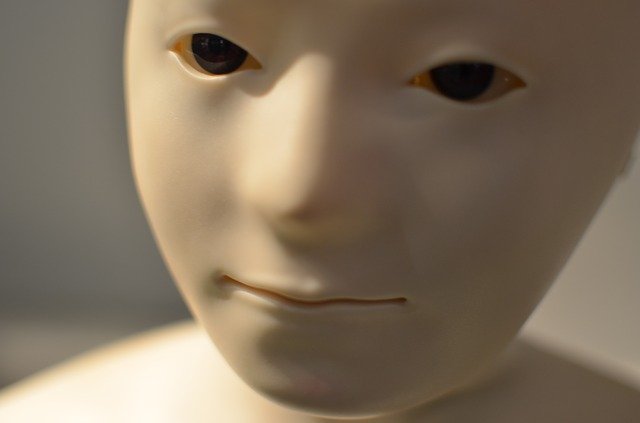The history of film is littered with science fiction that explores the existence of Artificial Intelligence (AI). As far back as 1931 audiences bore witness to man’s creation as Dr Frankenstein shrieked the immortal line “It’s alive”. Of course, the reason to explore such creations is to lay out the dystopian narrative that posits a world where artificial intelligence extends beyond human control and becomes uncontrollable and a threat to humanity. So to celebrate the impending rise of the machines, we thought we’d take a look at 5 of the Best AI Films.
5 of the Best AI Films
A.I. Artificial Intelligence
Steven Spielberg’s 2001 American science fiction, loosely based on the 1969 short story “Supertoys Last All Summer Long” by Brian Aldiss, tugs every heart string as only Spielberg can do as we meet “David” a Mecha AI humanoid robot boy who is given to Henry Swinton and his wife Monica, whose son Martin contracted a rare disease and has been placed in suspended animation. Unaware that he is a robot, David seeks what is most fundamental for all humans – he wants his Mommy. But does his Mommy want him? “I thought this would be hard for you to understand. You were created to be so young.” – Stop the tears!
Ex Machina
https://www.youtube.com/watch?v=XYGzRB4Pnq8
Featuring our very own Domhnall Gleeson, Ex Machina examines the implications and consequences of AI, while also asking what it really is. In the film, the AI’s creator, Nathan, sets tests for his creation, AVA, to find out if it is a true artificial intelligence. In pondering whether AVA is conscious or not, the film cleverly turns in on itself to question the very concept of consciousness itself. “One day the AIs are going to look back on us the same way we look at fossil skeletons on the plains of Africa.”
Metropolis
Is Fritz Lang’s Metropolis from 1927 the first screen appearance of AI? Set in 2026, the posits a future in which industry and technology reign supreme in the lives of civilians. To think that could ever happen. The film examines the differences between the wealthy living the high life in their overground luxury world and working classes toiling underground to keep the wheels of industry oiled and power the city. It is the scenes of Maria’s robot double that have made an indelible mark on film culture.“Let the machines starve, you fools!”
Blade Runner
Ridley Scott’s 1982 cult classic at its core explores the conflict between human and machine. The movie is based on Philip K Dick’s 1968 novel Do Androids Dream of Electric Sheep? In 2047, AI bioengineered replicants have escaped their enslaved lives and are rising up against their human overlords. They must be stopped! Harrison Ford plays Deckard, a blade runner entrusted with the task of “retiring” these replicants. But oh no – instead of killing them he falls in love with one of them. Why couldn’t life be easier than this? Blade Runner asks the big question – what happens when we reach the point where we cannot distinguish between real humans and AI. “I want more life.”
2001: A Space Odyssey
The crowning glory of AI films. Stanley Kubrick’s sci-fi epic was inspired by Arthur C. Clarke’s 1951 short story The Sentinel. The film is awash with grandiose themes and gives us the malevolent logic of HAL-9000, a supercomputer aboard a space ship on a voyage to Jupiter. When Hal responds to instructions with the classic line “I’m sorry, Dave. I’m afraid I can’t do that”, we know we’re not in Kansas anymore. Hal’s disobedience mark’s crosses the line – oh, and plus the fact it has killed all the crew. The film raises questions about humankind, evolution and destiny and takes us from the dawn of man to an implied future in which human evolution’s next stage could well be machine intelligence itself. Fortunately, in Kubrick’s film HAL is defeated. Maybe in real life we won’t be so lucky. I for one welcome our new AI overlords. “I’m putting myself to the fullest possible use, which is all I think that any conscious entity can ever hope to do.”
Let’s end with the ‘Ship Of Theseus’ paradox which tells the story of Theseus returning to port with his damaged ship. He changes some of the wood and sails. Later he changes the figurehead and the gunport. After a while he does this several times until none of the original parts of the ship remain. Is it the same ship?












Comments